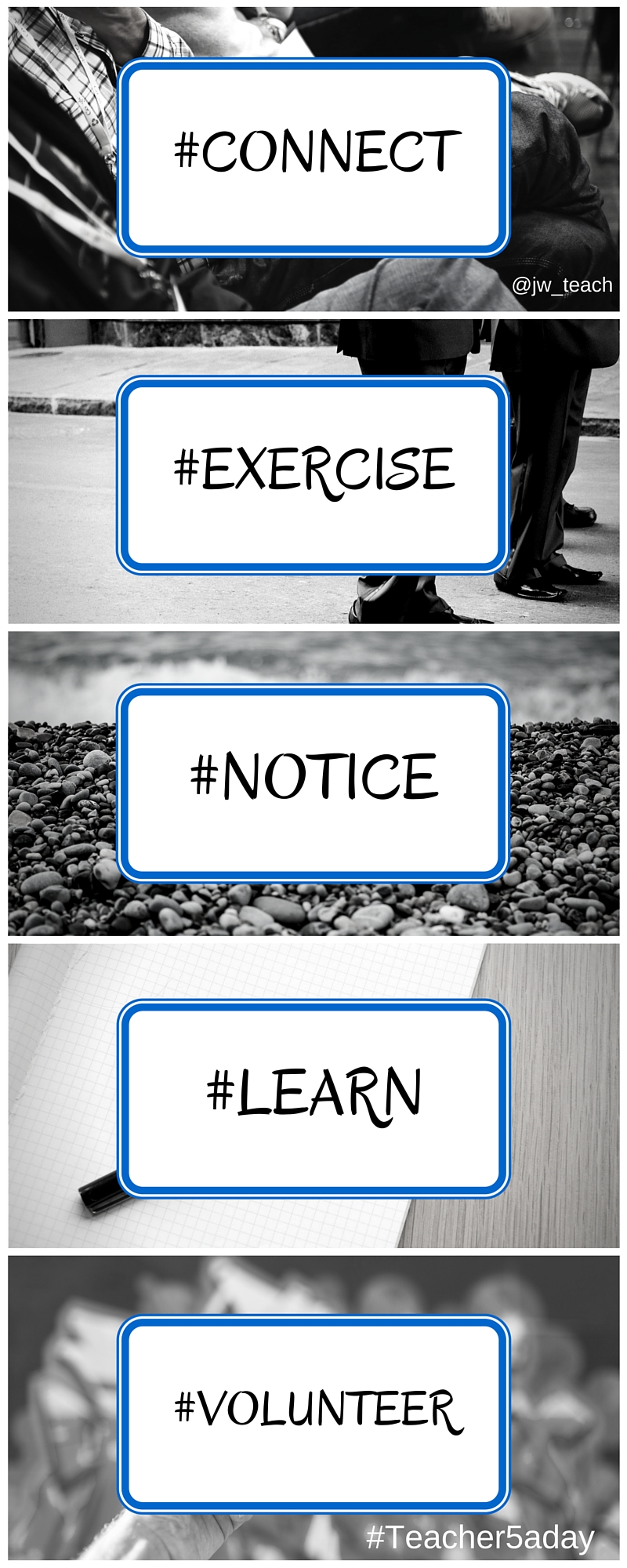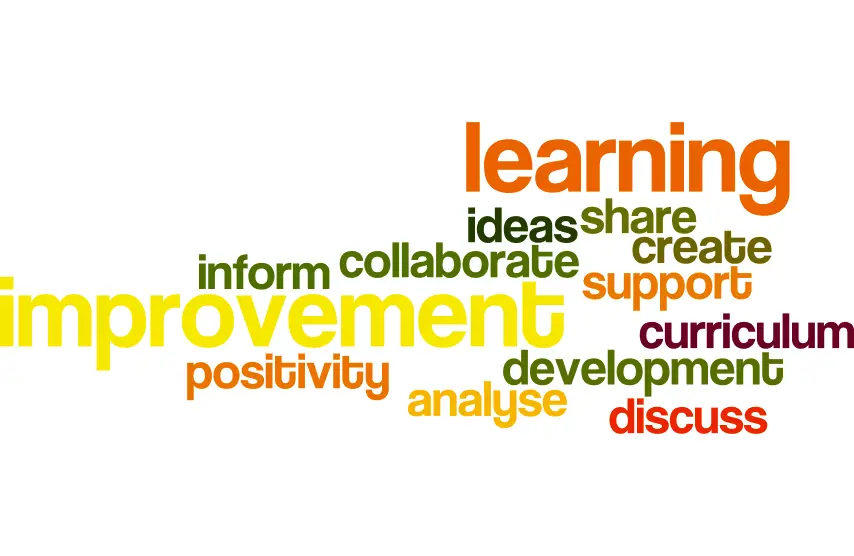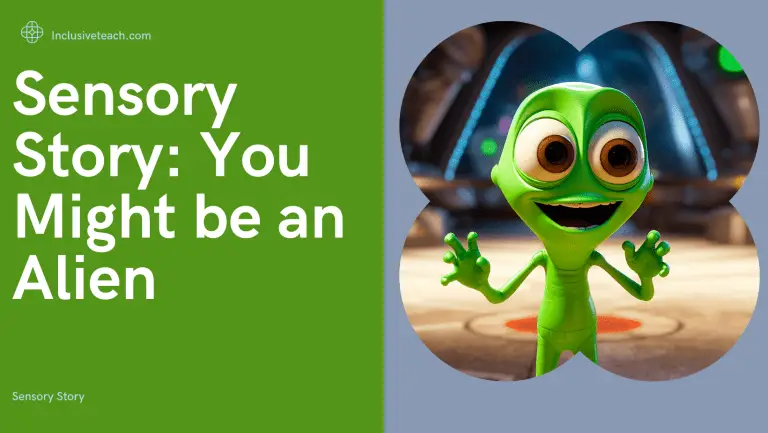Signing for Autism: A Comprehensive Guide
Using Signing For Communication With Autistic Children
One of the common elements of autism is difficulty with communication, including delayed or limited speech, and expressive and receptive language impairments. Many parents of autistic children wonder if teaching their child sign language might help improve their ability to communicate. This comprehensive guide covers everything parents need to know about using sign language and other forms of signing for autism.
What are the Benefits of Sign Language for Children with Autism?
For children with autism who struggle to communicate verbally, sign language can provide an alternate way to express their wants, needs, and even feelings. Some key benefits of sign language for autistic children include:
- Allows for more spontaneous communication. Children are more likely to communicate without prompting when given the tools to do so through signing.
- Can improve social skills. Signing for autism may help children pay more attention to the social cues and gestures of others.
- Reduces frustration-driven behaviours. Meltdowns, anxiety and depression are often a result of an inability to communicate. Signing gives kids a way to make themselves understood.
- Signing Provides an alternative to auditory processing. Some autistic children have difficulty processing and understanding spoken language. Visual language through signs and gestures may be easier.
- May help develop verbal skills. Some studies have found that using sign language along with speech therapy can help stimulate spoken language development. Part of this is demonstrating the value of communicating
What Are the Different Types of Sign Language?
There are a few different sign language systems that can be used with autistic children:
American Sign Language (ASL)
- ASL is the dominant sign language in the U.S. and Canada with its own grammar and syntax.
- It is widely used in Deaf communities and by some hearing people.
- ASL signs tend to be more concept-based rather than word-based.
Signed Exact English (SEE)
- SEE is modeled directly after English in word order and grammar.
- It incorporates signs from ASL but in English word order and with endings to indicate tenses.
- Often recommended for teaching children with autism to support learning English rules.
Makaton
- A simplified signing system using signs, symbols, and speech.
- Created specifically to help children with communication difficulties.
- Uses signs in spoken word order along with speech.
- Widely used in the UK (I have been Makaton trained for many years – see these old videos of some signs)
Makaton is a communication system that helps people with language challenges engage more fully in life. It allows individuals to express themselves and build core language abilities. The C.A.R.E. Centre for Autism Research and Education employs Makaton as a technique and resource in instructing their students on the autism spectrum. By facilitating communication, Makaton empowers individuals to increase their independence and take part in the world around them more completely. At C.A.R.E., it is utilised as a method and tool to aid those with autism in developing language.

British Sign Language (BSL)
- BSL is the main sign language used by deaf people in the UK. It’s different from American Sign Language and has its own signs and grammar.
- BSL uses hand shapes, motions, facial expressions and body movements instead of sound to communicate. There are specific signs for letters, words, feelings and ideas.
- Many deaf people in the UK use BSL as their preferred language. Over 150,000 people know BSL. The government recognizes it as an important language and it’s used in schools, work and daily life by the deaf community.
Tips for Learning Sign Language as a Parent
As a parent looking to learn sign language to communicate with your child, keep these tips in mind when using sign for autism:
- Find an instructor experienced in teaching parents of children with special needs. Look for classes or private lessons.
- Prioritise learning signs for words you use often as a family like eat, drink, play. You can then put these into practice immediately.
- Focus first on learning the sign alphabet so you can finger spell out any words you don’t know.
- Set small, achievable daily or weekly goals for yourself. Consistency is key.
- Use videos, books, and visual charts to reinforce your learning.
- Follow certified tutors on Instagram for bite sized sign examples
- Practice sign conversations with your child or other parents learning sign language.
Does Sign Language Delay or Prevent Speech Development?
This is a common concern for parents considering sign language for their child with autism. The research available indicates that sign language does NOT interfere with or prevent speech development. On the contrary, some studies have found that using sign language along with speech therapy – known as simultaneous communication – may actually help stimulate verbal language skills in children who have some verbal ability already.
For children who are completely nonverbal, sign language may remain their primary mode of communication long-term. But the ability to communicate their wants and needs through sign language may help reduce problematic behaviors and improve quality of life.

What Other Visual Communication Methods Are Available?
Sign language is not the only option for alternative, visual communication for children with autism. Other augmentative and alternative communication (AAC) methods include:
- Picture Exchange Communication System (PECS): Children communicate using picture symbols.
- Speech-generating devices and computer technology: Devices produce digital speech when pictures are pressed.
- Communication boards: Boards with pictures, symbols and/or words that a child can point to.
- Visual charts and schedules: Helps children understand routines and expectations.
- Written language: Writing can provide an outlet for communicated thoughts and feelings.
- Gestures and body language: Moving the head, hands or body to communicate.
When Should Sign Language Begin for a Child with Autism?
The earlier the better! Language development starts early, so most experts recommend introducing sign language or other visual communication methods to children with autism before age 3. The first few years are the most crucial window for developing communication skills. Even babies as young as 8 months can begin learning simple signs like “eat” or “more.”. We took our youngest to Sing and Sign which she loved and picked up so quickly.
Starting sign language early allows it to become a natural part of your child’s language development. Consistency is key – using signs during your daily routines helps children pick it up quickly. Be patient at first, as it may take weeks or months for your child to begin actively using signs themselves.
How Do I Choose Between Sign Language Options for My Child?
Choosing between forms of sign language depends on your child’s needs and abilities:
- For children with motor challenges: Focus on very simple, accessible signs and consider adding communication boards.
- For children with the goal of verbal speech: Signed Exact English may support this goal best.
- For children showing little interest in faces: Avoid sign languages dependent on facial expressions.
- For completely nonverbal children: ASL/BSL provides a full visual language system they can use lifelong.
- For children who stim with their hands: Systems like communication boards may be less distracting.
Discuss options with your child’s speech-language pathologist and special education team to select the best approach. You can also try different options to see what your child responds to best.
How Can I Incorporate Sign Language Naturally Into Our Routine?
- Use signs during play: Sign words related to toys, activities, emotions.
- Sign throughout your day: Sign common words during meals, bathtime, bedtime.
- Reinforce new signs: Choose a couple “signs of the day” to practice frequently.
- Model sign conversations: Sign questions and replies back and forth.
- Use visual supports: Pair signed words with pictures and objects.
- Make signing fun: Add signs into interactive games like songs and rhymes.
- Be consistent: Use the same signs the same way each time. Repetition helps cement learning.
What Are the Best Resources for Learning Sign Language?
- Local classes and private lessons: Great for live practice and feedback.
- Online courses and videos: Convenient options with visual demonstration.
- Books and charts: Reference guides and visual dictionaries for signs.
- Smartphone apps: Reinforce learning with interactive games and quizzes.
- Your child’s therapists: Ask for tips, tricks, and resources.
- Deaf communities: Immerse yourself in signing practice groups.
- Online groups for parents: Share advice and support with other families.
- Official Website: The Makaton site has free resources you can use with your child.
What Should I Do If My Child Has Trouble Forming Signs?
Fine motor challenges are common with autism. Try these tips if your child struggles to form signs:
- Simplify multi-step signs down to one key movement.
- Verbalise while signing until motor skills develop.
- Use communication boards in place of some signs.
- Focus on receptive sign skills first before expressive signing.
- Provide hand-over-hand assistance guiding your child’s hands to sign.
- Consult an occupational therapist for exercises to improve motor skills.
Be patient – Autistic children often develop motor skills more slowly but can learn to sign with consistent practice and support. They may develop their own “slang” this should be captured in a video or diagram guide so unfamiliar people can interpret the signs – meet them where they are.
Are There Any Downsides or Risks to Using Signing For Autism?
While relatively rare, there are a couple potential downsides of sign language to be aware of:
- A small portion of children become overly dependent on signing and have trouble transitioning to verbal speech.
- Forming signs requires strong fine motor skills, which some autistic kids lack.
- Extensive use of facial expressions in ASL/BSL may be challenging for some.
- Signing while speaking taxes working memory, which is difficult for many children
To reduce risks, work closely with a knowledgeable speech-language pathologist when introducing sign language. Overall, most research shows significant benefits of signing for the majority of children.

Is Sign Language an Effective Long-Term Communication Solution?
For some children signing for autism, sign language and Makaton does become an effective lifelong communication method, especially those who remain minimally verbal or nonverbal. With full access to language through signing, these children are able to communicate their needs, have richer social interaction on their terms, and reduce anxiety and negative behaviours linked to communication frustration.
Some individuals may rely on sign language their whole lives, while others gradually phase to verbal speech over time. Some may use a combination of both signing and speaking. Every child’s journey is unique. As long as your child has a functional way of getting their needs understood and met then you are on the right track.
References Linked To Signing For Autism
Carr E. G. (1979). Teaching autistic children to use sign language: some research issues. Journal of autism and developmental disorders, 9(4), 345–359. https://doi.org/10.1007/BF01531444
Mirenda, P. (2003). Toward Functional Augmentative and Alternative Communication for Students With Autism. https://doi.org/01611461003400030203 (Not Free Access)
Remington, B., & Clarke, S. (1983). ACQUISITION OF EXPRESSIVE SIGNING BY AUTISTIC CHILDREN: AN EVALUATION OF THE RELATIVE EFFECTS OF SIMULTANEOUS COMMUNICATION AND SIGN-ALONE TRAINING. Journal of Applied Behavior Analysis, 16(3), 315-327. https://doi.org/10.1901/jaba.1983.16-315
Van der Meer, L., Sutherland, D., O’Reilly, M. F., Lancioni, G. E., & Sigafoos, J. (2012). A further comparison of manual signing, picture exchange, and speech-generating devices as communication modes for children with autism spectrum disorders. Research in Autism Spectrum Disorders, 6(4), 1247-1257. https://doi.org/10.1016/j.rasd.2012.04.005
Edelson, S. M. (n.d.). SIGNED SPEECH OR SIMULTANEOUS COMMUNICATION. Synapse.






